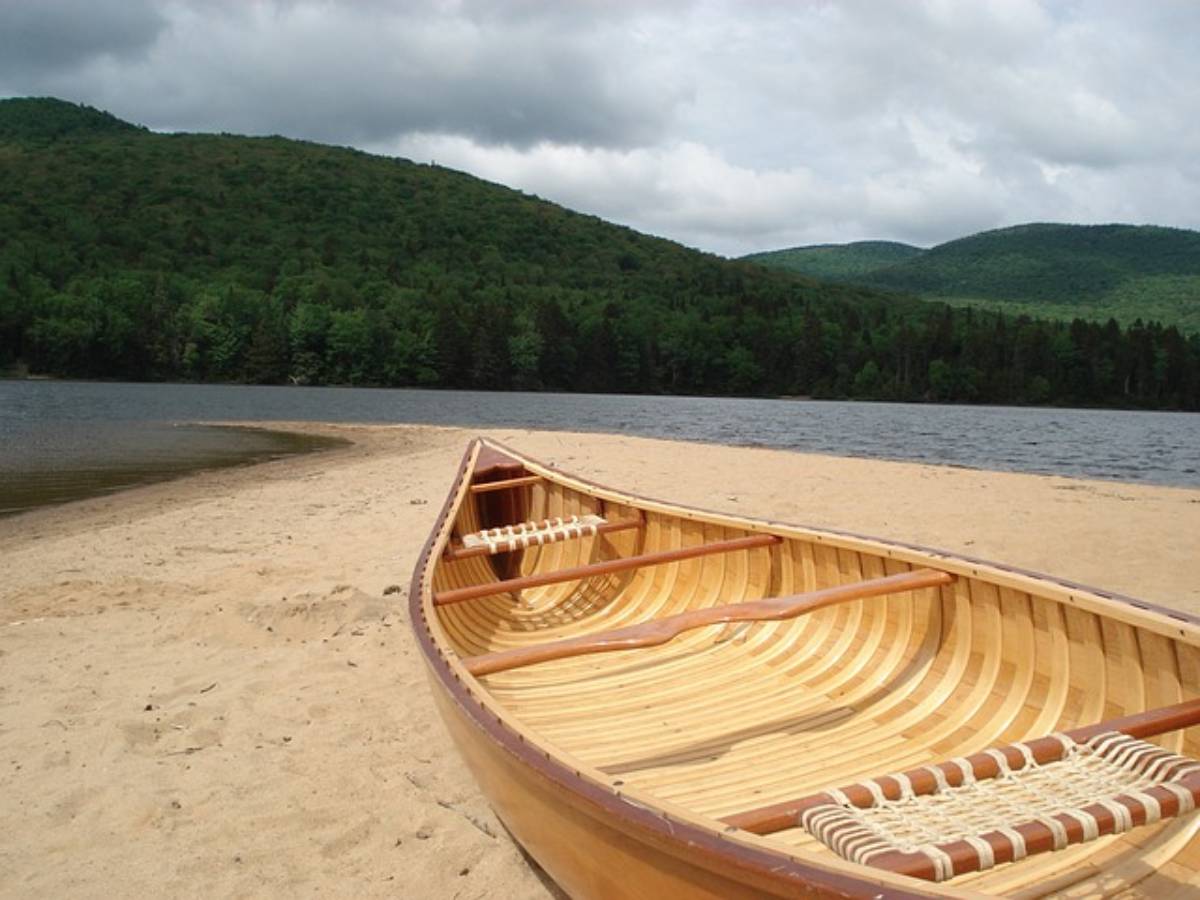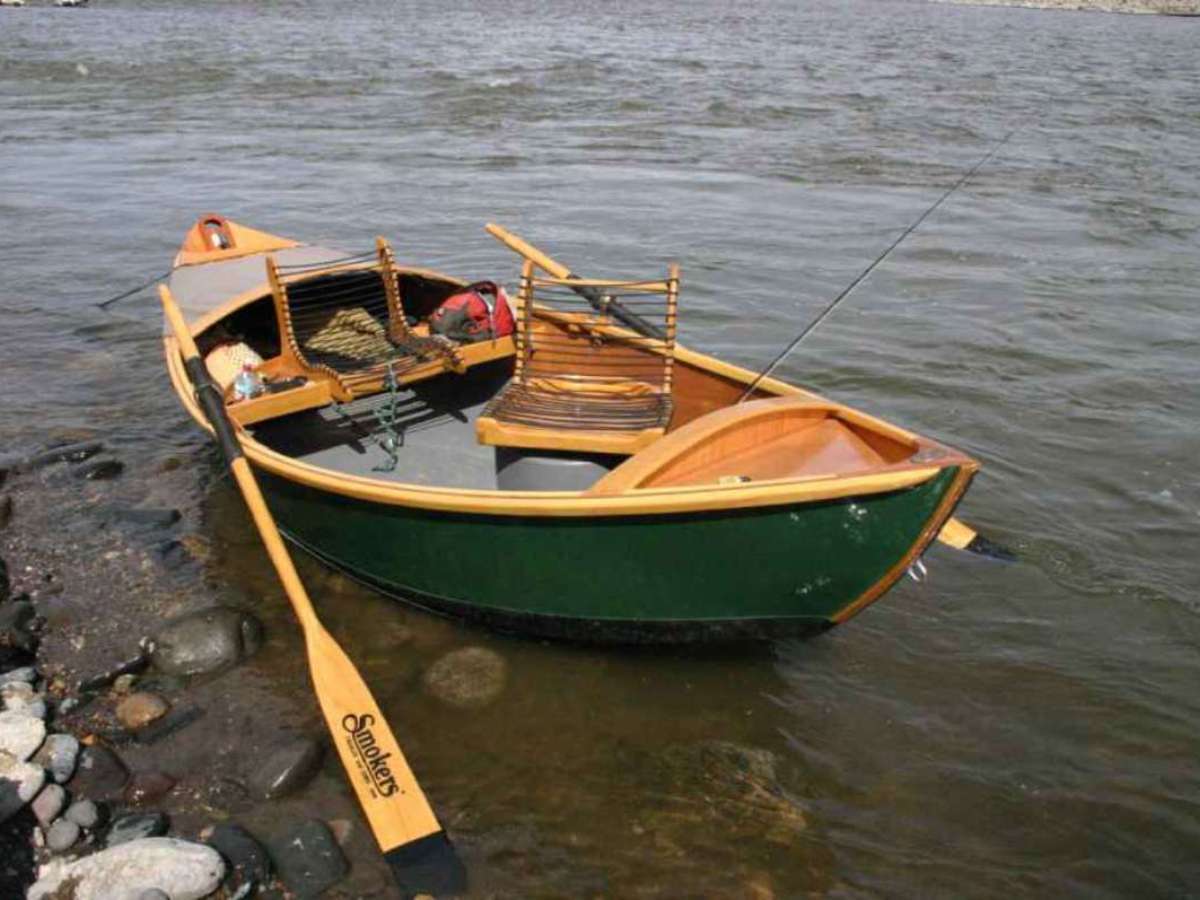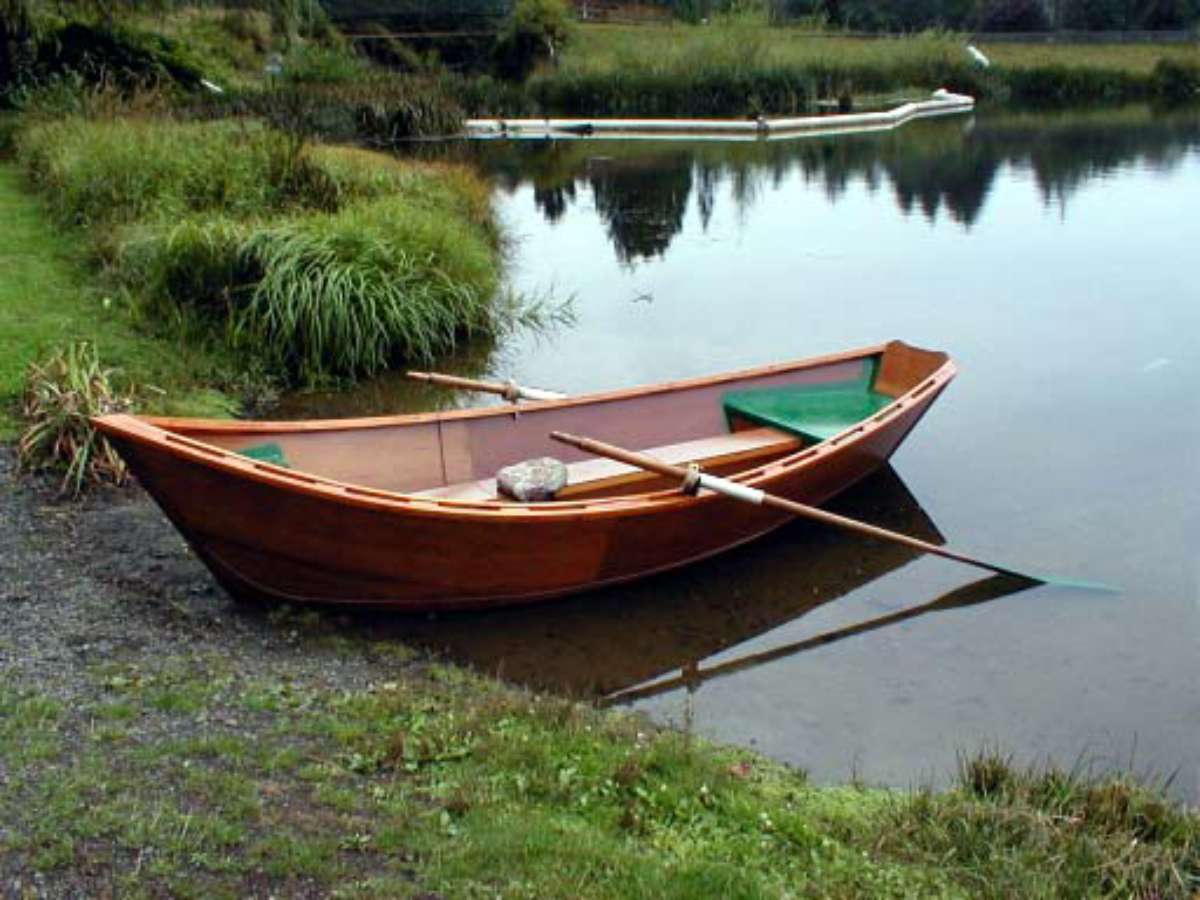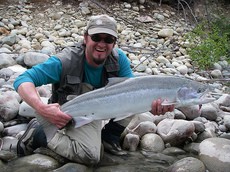 You arrive at your favorite salmon fishing spot early in the morning.
You arrive at your favorite salmon fishing spot early in the morning.
You stow your fly fishing gear on the river bank, get into your fly fishing clothing, including waders.
Using a wading staff, you venture out into the water and cast your fly into a deep, dark pool near the far bank.
Due to your choice of good quality polarized fly fishing sunglasses, you can see a fallen log in the depths.
You cast a few dozen times and then you feel that subtle strike. You set your hook and the fight is on.
Getting Salmon To Bite
When you fish for salmon, you need to keep your line in the water. Salmon like to congregate at river bends where the water deepens.
If casting isn’t getting you any results, try drifting your fly through the pool.
- If salmon are hungry, they will strike at any fly.
- If they are being choosy, they’ll ignore each and every fly you present.
Salmon don’t feed in rivers. However, they will strike. The best days to fly fish for salmon is on overcast days, early in the morning and near dusk.
Setting The Hook
When salmon strike, be sure to set the hook hard by jerking it downstream. If you like, use your hand to set it more firmly, but it must be set HARD.
Move the top of your fly fishing rod down, allowing it to touch the water’s surface. Then quickly and firmly bring the rod back up, arms above your head and the tip of your fly fishing rod pointing straight up in the air.
This move usually sets the hook into the roof of the salmon’s mouth — which hurts. At this point, the salmon will probably go into a fighting frenzy.
Salmon Flies
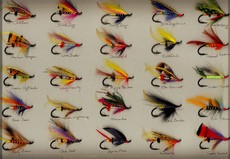 There are a wide variety of salmon flies that will lure salmon to your hook. One of my favorites it a green Highlander Classic Salmon Fly – size 4/0.
There are a wide variety of salmon flies that will lure salmon to your hook. One of my favorites it a green Highlander Classic Salmon Fly – size 4/0.
I’ve found that the best colors for luring salmon are green, orange and yellow — especially early in the spring of the year. Body materials that are holographic, gold or silver work well with these colors.
Whether you tie or buy your flies, consider using flies that incorporate these colors. They are very efficient at luring salmon.
Salmon spawn in the fall. At this time of year, use flies with a bit of red. I use basic colors of black, orange and yellow. Suggestions of excellent flies for fishing salmon include:
- soft hackle green caddis
- black stonefly
- wooly buggers
- glo bugs with red eyes
- PM wiggles and
- Hex flies
Landing Salmon
When landing large salmon, be sure to loosen the drag to prevent line breakage. Salmon can break 25-test line in a blink of an eye.
Allow the salmon to run several times until it tires. It can take more than 30 minutes to land a 30-pound salmon. They are real fighters.
Salmon usually save up enough energy to give one final burst of fight. The best way to get the fish to expend that energy is to place your fly fishing net in front of the fish. Once the salmon has thrashed that last burst of energy, it will roll on its back. This is the time to net it, head first, as salmon can only move forward.
Once you’ve landed your salmon, you will feel the thrill of the catch. Whether you practice catch and release or intend to cook the salmon over a campfire to enjoy for dinner, your day spent fishing for salmon will undoubtedly be one that you will never forget!

